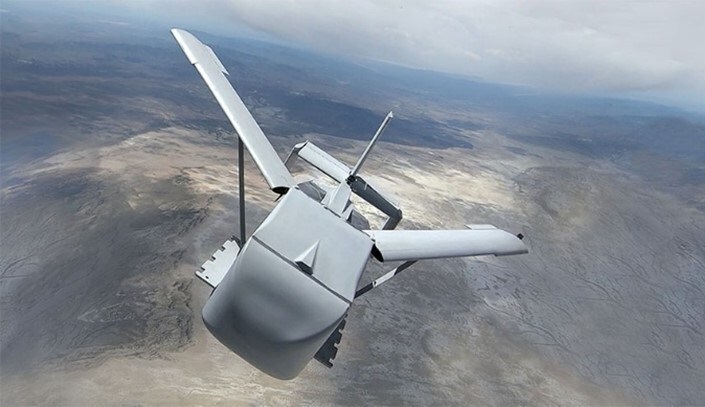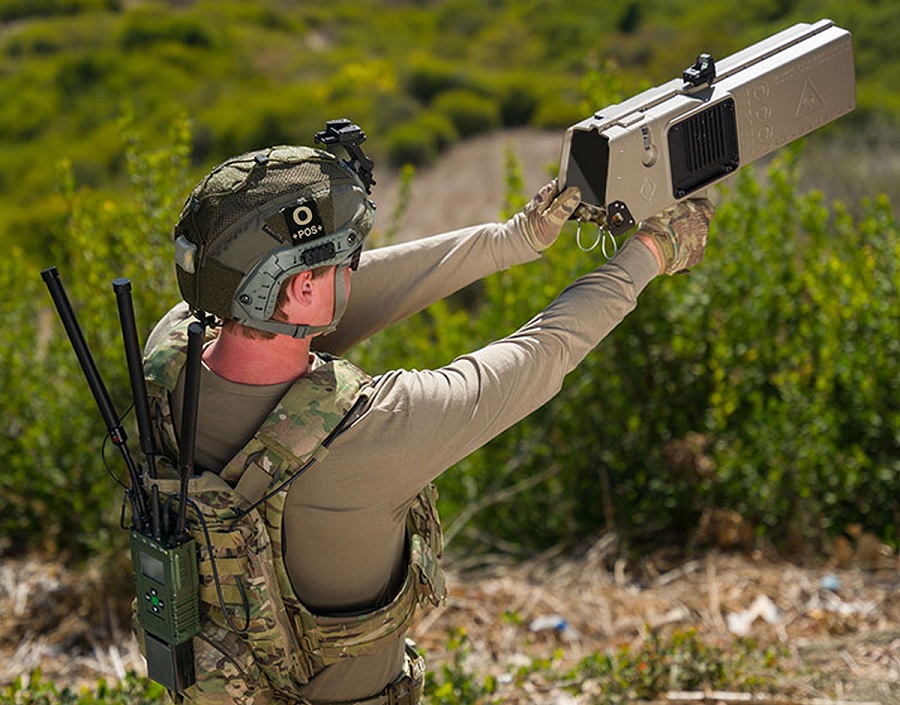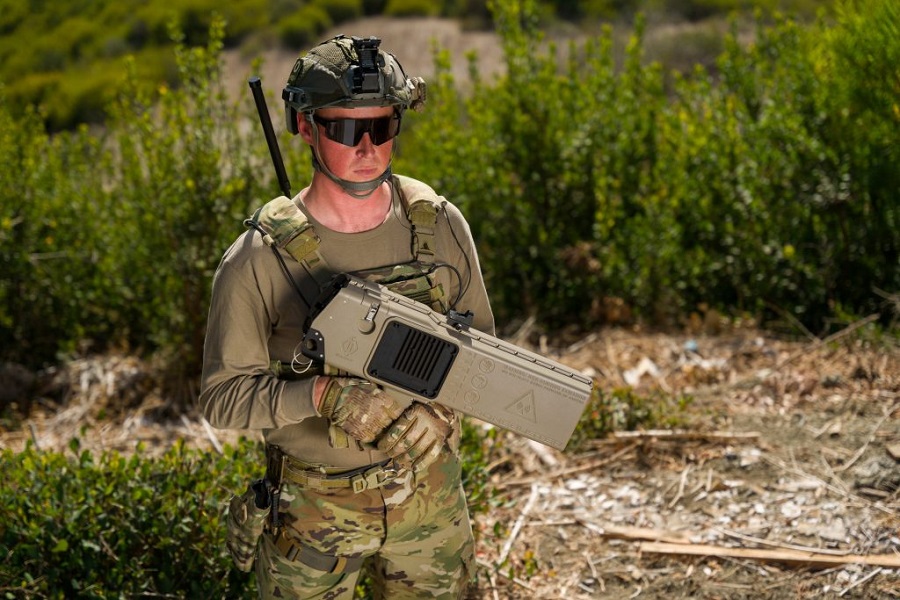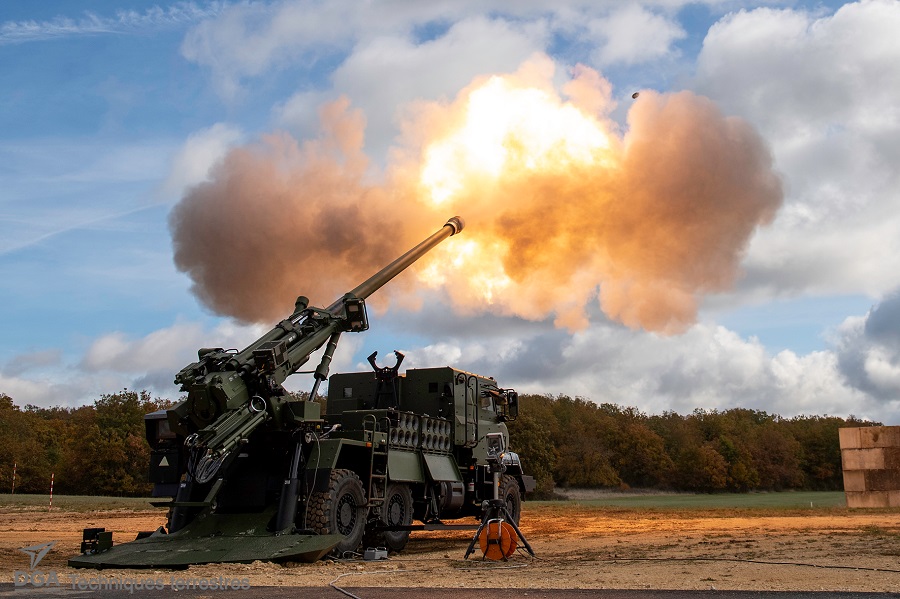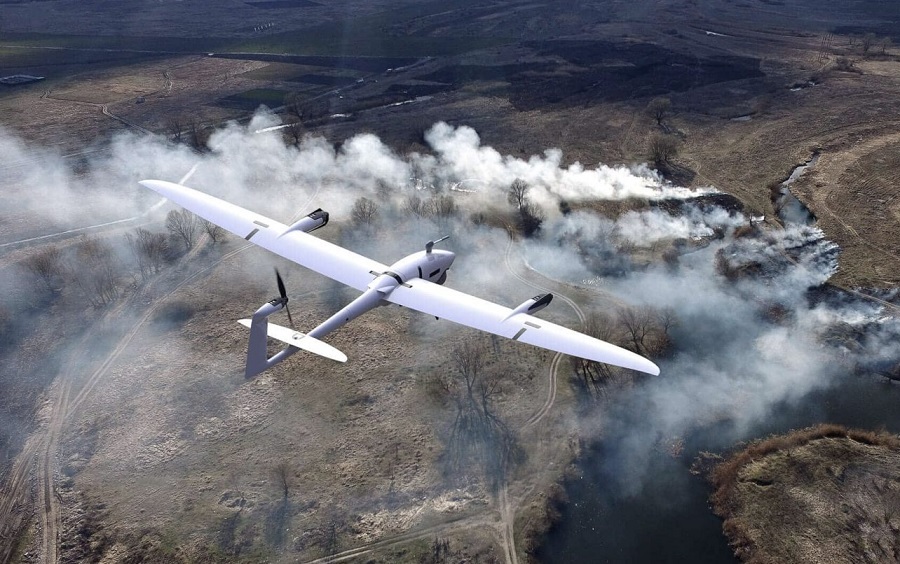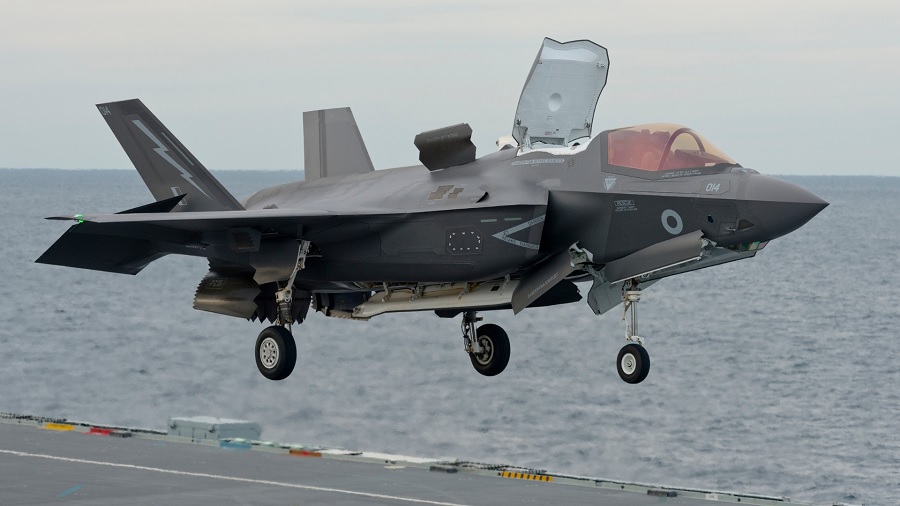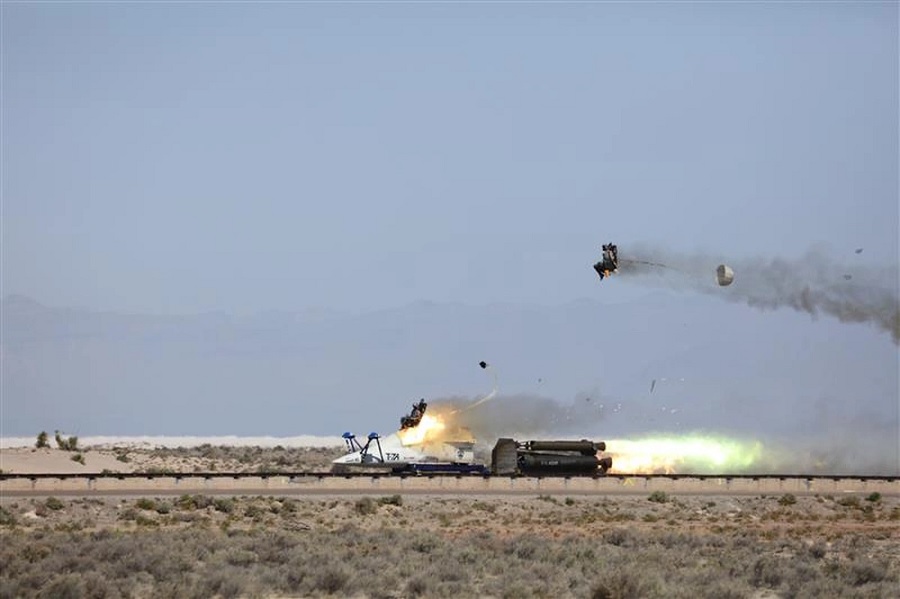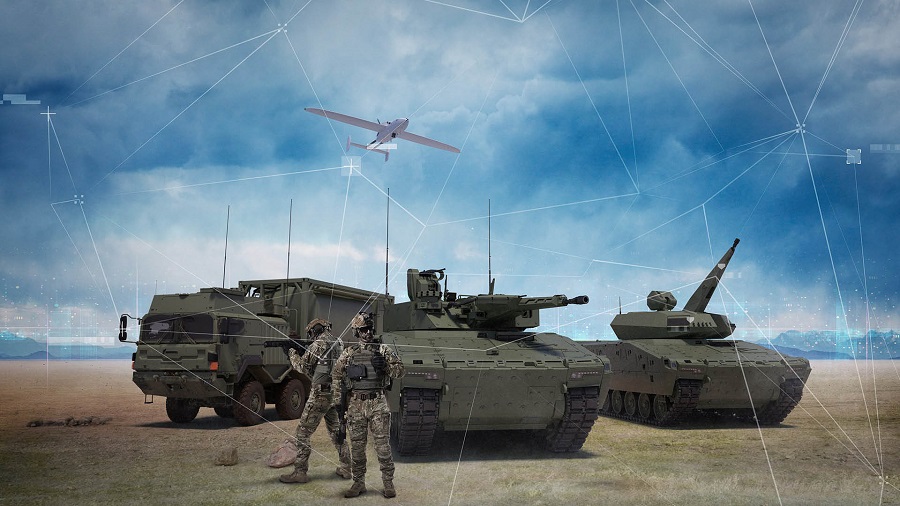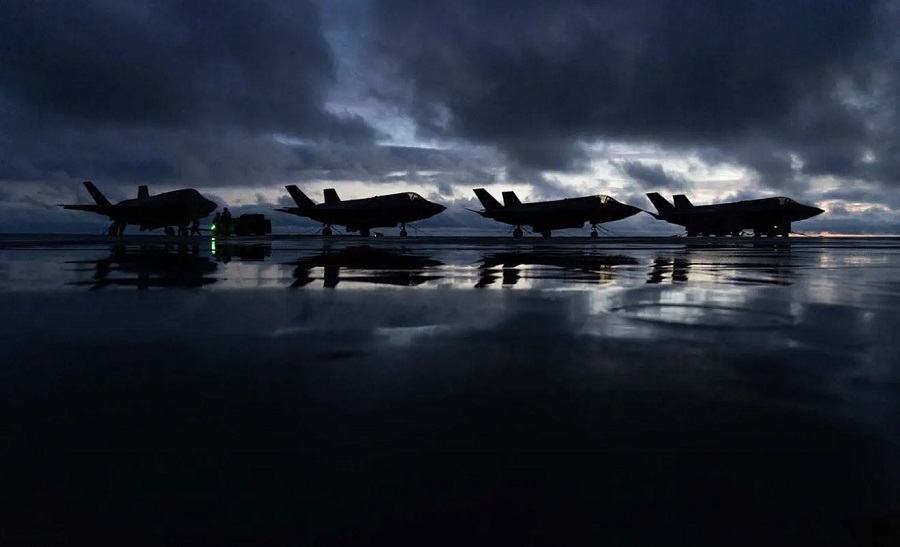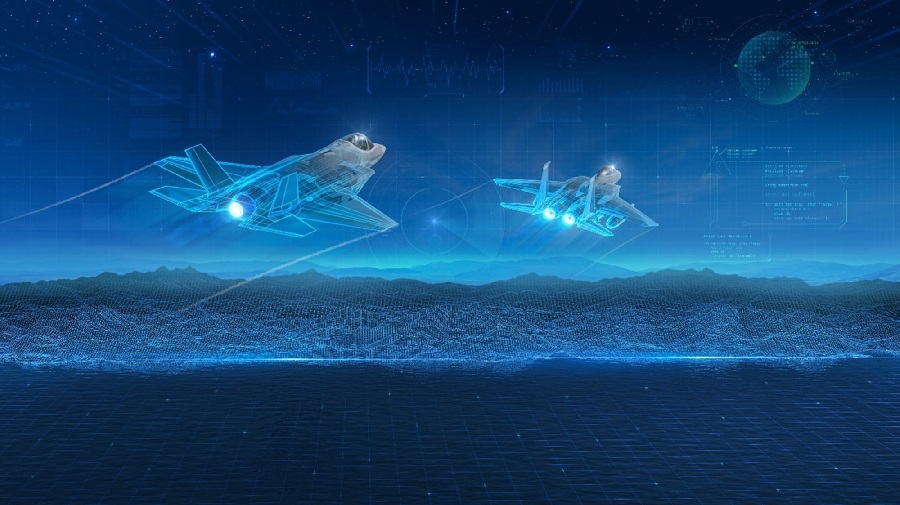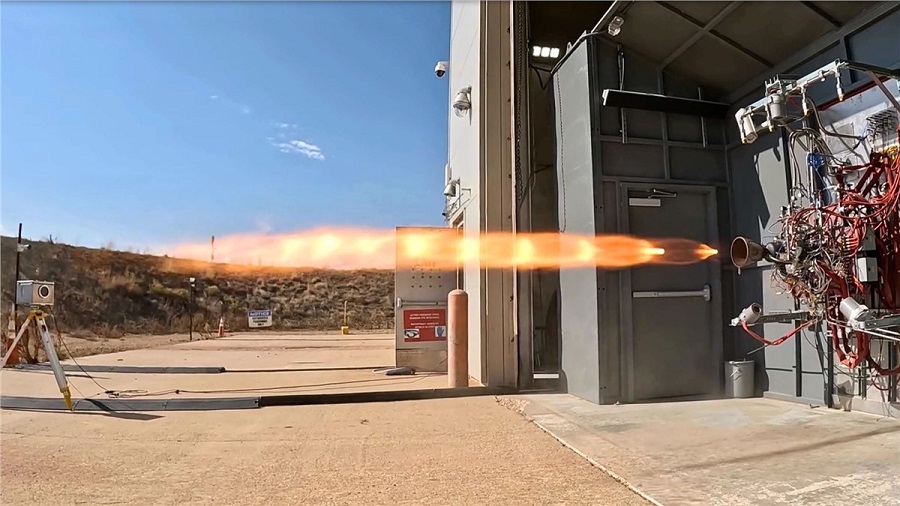Grasshopper is designed to deliver payloads with precision and autonomy into areas inaccessible or dangerous for manned aircraft. The system was developed in direct response to a request from military personnel for a standoff cargo delivery solution.
“The delivery of Grasshopper is a testament to the success of our collaboration with the Air Force in developing an autonomous resupply solution that meets the demands of contested environments,” said Matthew McCue, CEO of DZYNE Technologies. “By working closely, we were able to design and refine the Grasshopper product line into a cost-effective, high-performance aerial logistics platform.”
According to the company, Grasshopper supports operations such as humanitarian aid and disaster relief by enabling unmanned delivery of critical supplies. It is also suited for delivering cargo from beyond enemy threat ranges into denied environments.
“Grasshopper represents a transformative leap in autonomous resupply,” said Dr. Thomas Howell, Portfolio Lead at the Air Force Research Laboratory. “Its ability to deliver critical payloads from standoff distances while keeping our aircraft and crews out of harm’s way is a major advantage in modern operational environments.”
The programme has moved swiftly, transitioning from research to fielded capability in under 12 months. This rapid development was attributed to close collaboration between DZYNE Technologies, the Air Force, and operational users.
To meet increasing demand, DZYNE expanded its manufacturing capacity in late 2023 with a new 125,000-square-foot facility in Irvine, California. The site is currently ramping up production of the Grasshopper glider and other unmanned systems, including the ULTRA and LEAP platforms.
The company is also developing a longer-range variant of the Grasshopper, expected to be available in early 2026. This version aims to further strengthen autonomous logistics capabilities in challenging environments.


